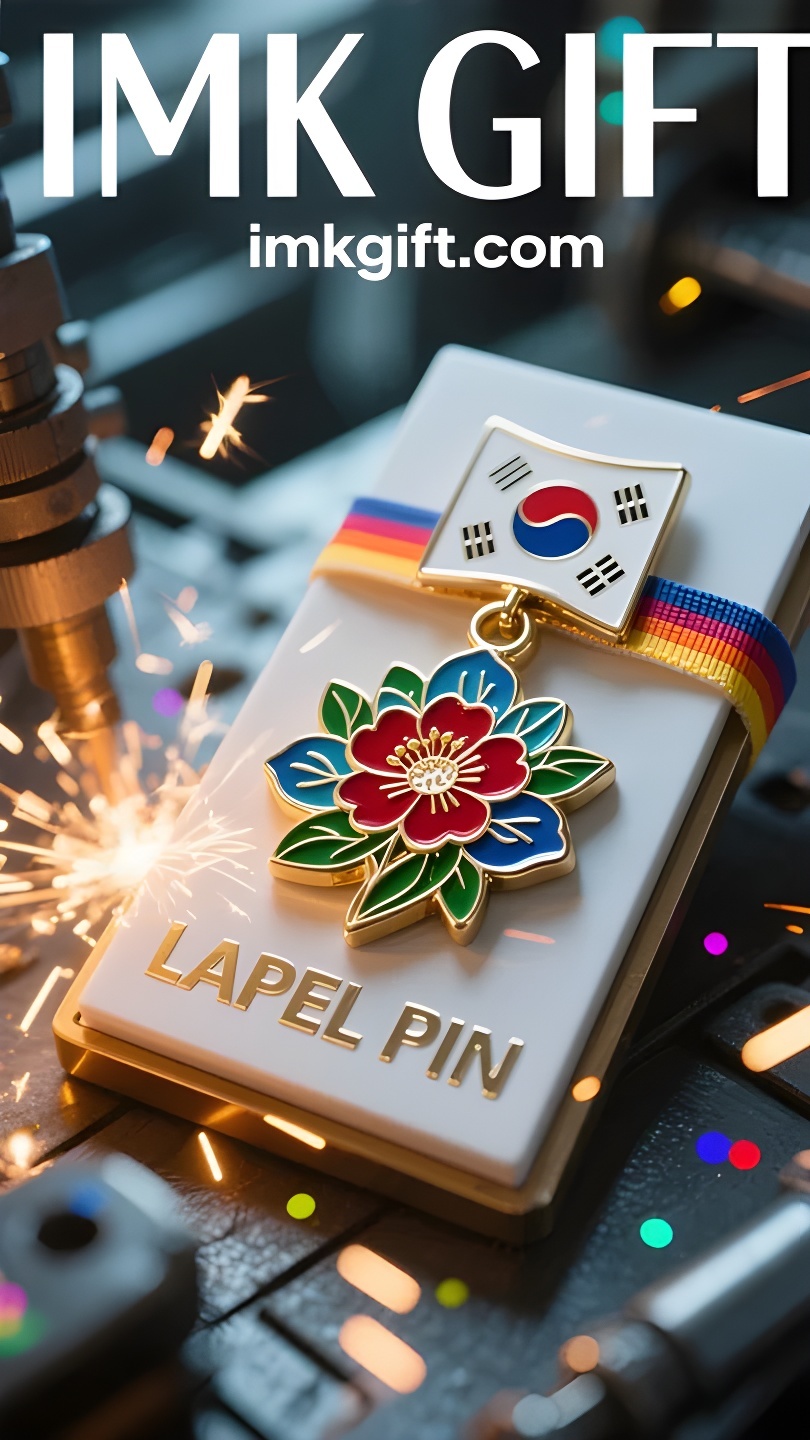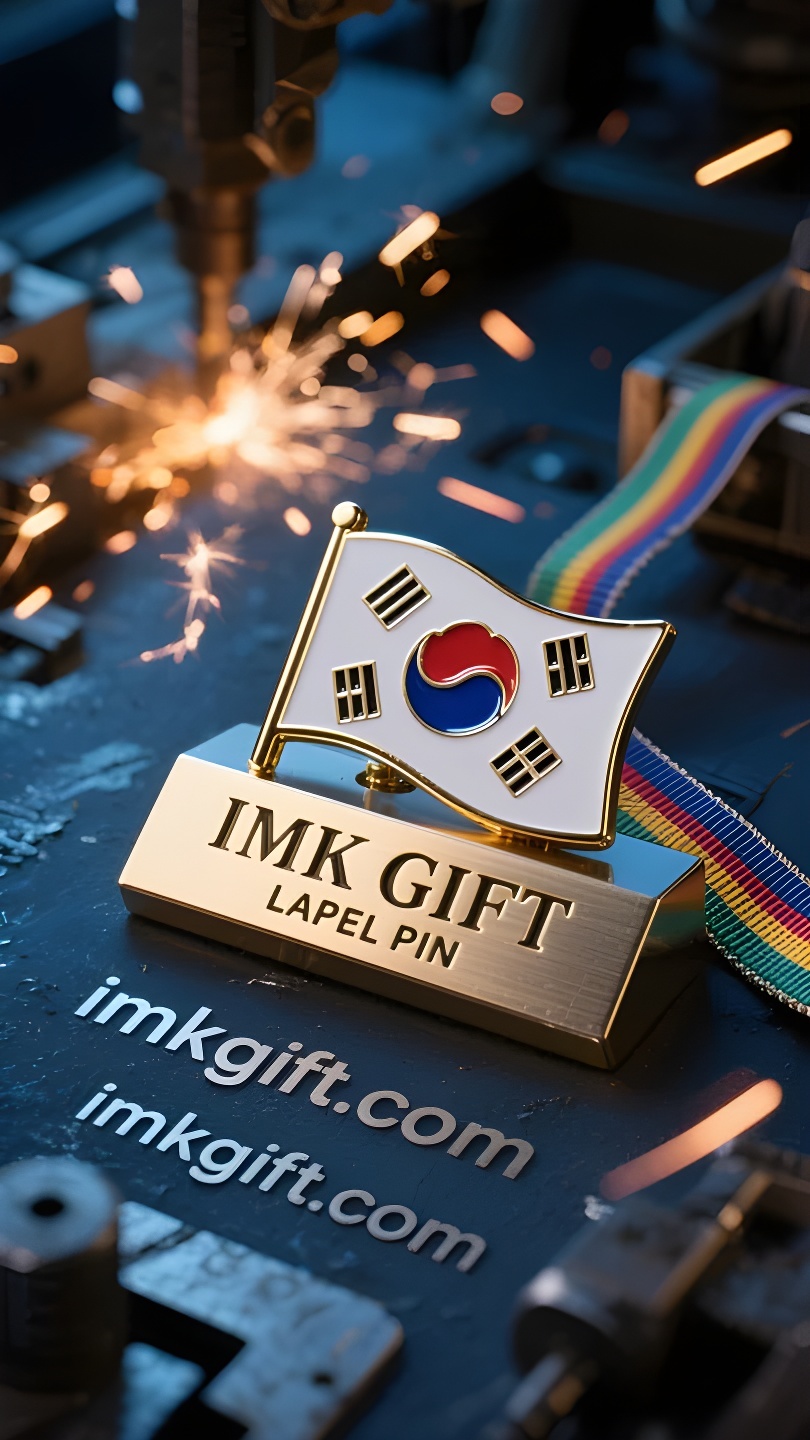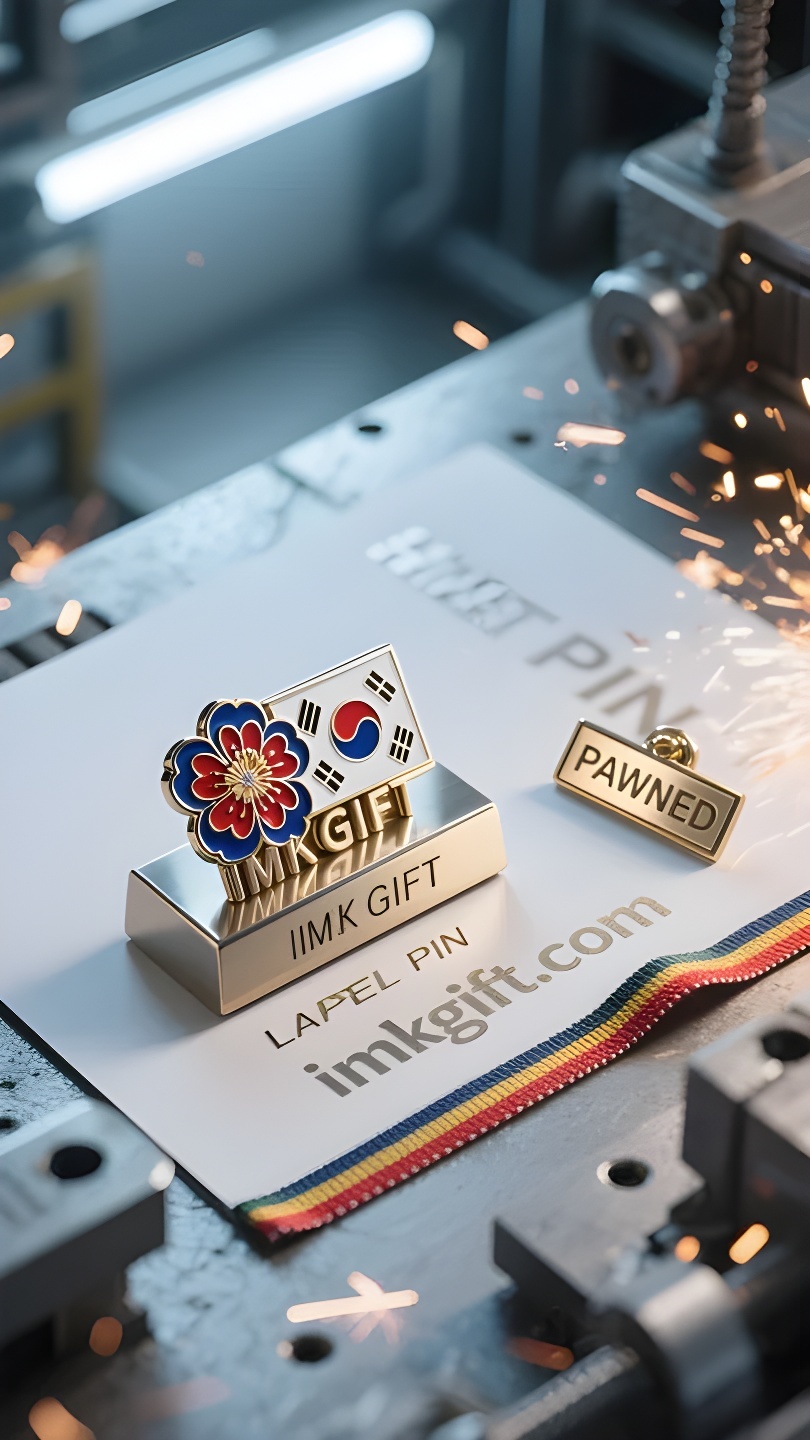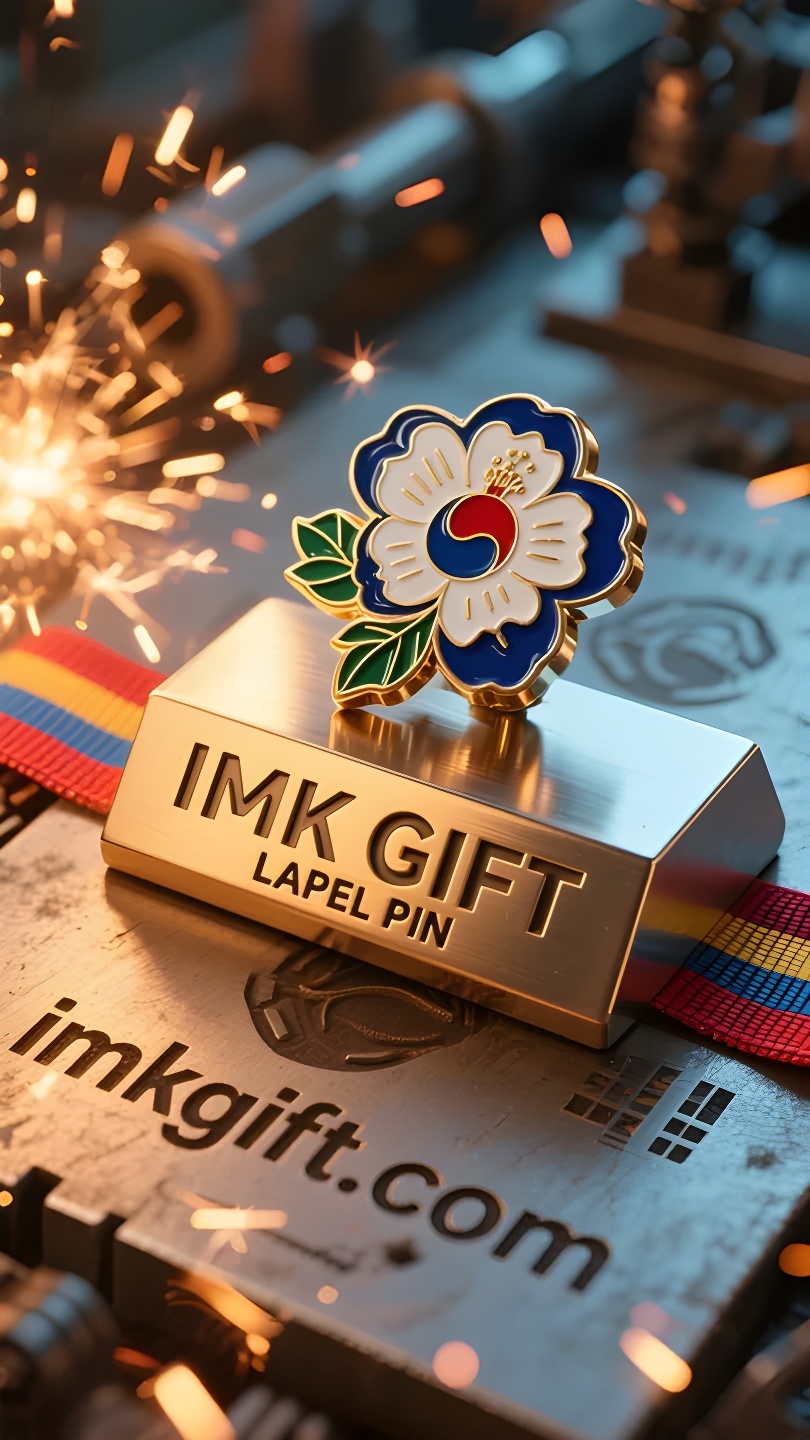in987-무궁화-문진-아래의-산과-강
▼
8월 서울 거리, 청와대 광장에는 아침 햇살 아래 태극기가 펼쳐졌습니다. 광복절 전날, 백발의 장인이 조각칼을 사용하여 무궁화 문진의 무늬를 정성껏 새기고 있었습니다. 화강암의 단단함과 꽃잎의 부드러움이 칼끝에서 만나 마치 수천 년 동안 이 나라가 견뎌온 강인함을 말해주는 듯했습니다. 대한민국 국기의 태극권과 사괘는 예로부터 음양의 조화라는 동양의 지혜를 담고 있었습니다. 무궁화 문진의 의미는 바로 이러한 균형 잡힌 철학을 구체적으로 표현한 것입니다. 전통 문화의 기반을 지키기 위해서는 바위처럼 견고해야 하고, 시대의 비바람 속에서도 삶의 유연성을 유지하기 위해서는 무궁화처럼 피어나야 합니다. 문진 가장자리에 새겨진 “무한화” 문양은 모든 것이 상기시켜 줍니다. 진정한 인내는 완고한 고집이 아니라, 전진과 후퇴를 아는 침착함입니다. 강남구의 한 오피스 빌딩에서 젊은 디자이너 미나는 새로운 한복 디자인에 무궁화 문진을 눌렀습니다. 그녀는 할아버지의 작업실에서 대대로 전해 내려온 문진을 떠올렸습니다. 화선지를 누르는 힘뿐만 아니라 먹물이 자유롭게 흐를 수 있는 여유도 있었습니다. 현대 한국인도 마찬가지 아닐까요? 문화적 정체성이라는 “돌”을 지키는 것뿐 아니라, 세계화의 물결 속에서 새로운 문명의 꽃을 피워야 합니다. 태풍 뒤에도 여전히 피어나는 무궁화처럼, 진정한 민족 정신은 인내와 돌파구 사이의 균형 속에서 언제나 번성할 것입니다. 이 작은 문진은 짐을 나르는 돌이자 나침반입니다. 우리가 전통과 현대성 사이의 긴장 속에서 중심점을 찾을 때, 동양의 문명적 지혜는 결국 세상의 책상 위에서 영원한 찬란함으로 꽃을 피울 것입니다.
On the streets of Seoul in August, the Taegeukgi flag unfurled in the morning light on the Blue House Square. On the eve of Korea’s Liberation Day, a white-haired craftsman was using a carving knife to carefully carve the pattern of a hibiscus paperweight. The hardness of the granite and the softness of the petals met at the tip of the knife, as if telling the resilience of this nation for thousands of years. The Tai Chi and four hexagrams on the flag of the Republic of Korea have carried the oriental wisdom of the harmony of yin and yang since ancient times. The meaning of the hibiscus paperweight is precisely the concrete presentation of this balanced philosophy – it must be as solid as a rock to guard the foundation of traditional culture; it must also bloom like a hibiscus to maintain the flexibility of life in the wind and rain of the times. The “Infinite Flower” pattern engraved on the edge of the paperweight, every mark is a reminder: true perseverance is not rigid stubbornness, but calmness in knowing when to advance and retreat. In an office building in Gangnam District, the young designer Mina pressed the hibiscus paperweight on the design of the new Korean dress. She thought of the paperweights passed down from generation to generation in her grandfather’s workshop, which not only had the strength to hold down the rice paper, but also had room for the ink to flow freely. Isn’t this the case for contemporary Koreans? They must not only guard the “stone” of cultural identity, but also bloom new flowers of civilization in the tide of globalization. Just like the hibiscus that still blooms after a typhoon, the true national spirit will always thrive in the balance between perseverance and breakthrough. This small paperweight is both a ballast stone and a compass. When we find the fulcrum between the tension between tradition and modernity, the civilizational wisdom of the East will eventually bloom with eternal brilliance on the desks of the world.
八月的首尔街头,青瓦台广场上展开的太极旗在晨光中舒展。韩国光复节前夕,一位白发匠人正用刻刀细细雕琢木槿花镇纸的纹路,花岗岩的坚硬与花瓣的柔美在刀尖相遇,仿佛诉说着这个民族千年的韧性。
大韩民国国旗上的太极与四卦,自古便承载着阴阳调和的东方智慧。而木槿花镇纸的寓意,恰是这种平衡哲学的具象化呈现——既要如岩石般稳固,守住传统文化的根基;又要似木槿般绽放,在时代风雨中保持生命的柔韧。镇纸边缘镌刻的”无穷花”纹样,每一道刻痕都在提醒:真正的坚守,不是僵化的固执,而是知进退的从容。
在江南区某栋写字楼里,年轻设计师美娜将木槿镇纸压在新款韩服设计图上。她想起祖父作坊里那些世代相传的镇纸,既有压住宣纸的定力,也存着让墨迹自由流淌的余地。当代韩国人何尝不是如此?既要守住文化认同的”镇石”,又要在全球化浪潮中开出新的文明之花。就像历经台风依然绽放的木槿,真正的民族精神,永远在坚守与突破的平衡中生生不息。
这块小小的镇纸,既是压舱石,也是指南针。当我们在传统与现代的张力间找到支点,属于东方的文明智慧,终将在世界的案头绽放永恒的光华。
▼
Contact Us
📞 Tel: +0086-760-85286839
📧 Email: sales3@imkgift.com








